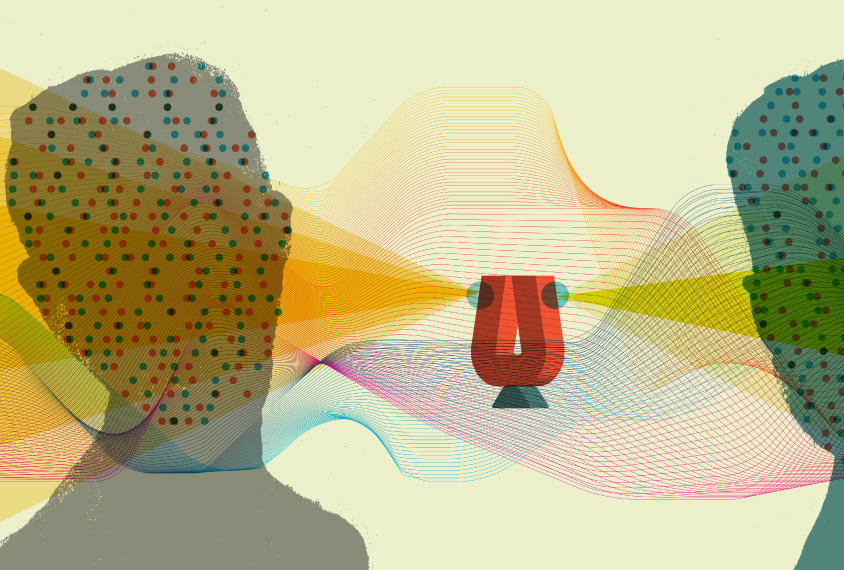Robert Schultz
Director, Center for Autism Research
The Children's Hospital of Philadelphia
From this contributor
Diagnosing autism with a camera and an algorithm
Robert Schultz hopes to use technology to change how autism is studied, diagnosed and treated.
Social motivation, reward and the roots of autism
Social impairments in autism are likely a consequence of deficits in social motivation that start early in life and have profound developmental consequences, says psychologist Robert Schultz.

Social motivation, reward and the roots of autism
Explore more from The Transmitter
Some facial expressions are less reflexive than previously thought
A countenance such as a grimace activates many of the same cortical pathways as voluntary facial movements.

Some facial expressions are less reflexive than previously thought
A countenance such as a grimace activates many of the same cortical pathways as voluntary facial movements.
Cracking the neural code for emotional states
Rather than act as a simple switchboard for innate behaviors, the hypothalamus encodes an animal's internal state, which influences behavior.

Cracking the neural code for emotional states
Rather than act as a simple switchboard for innate behaviors, the hypothalamus encodes an animal's internal state, which influences behavior.
Alex Maier argues that a scientific explanation of consciousness requires grounding in formalized mathematics
When it comes to discovering laws of nature for consciousness similar to those in physics, Maier argues that integrated information theory is the only game in town.
Alex Maier argues that a scientific explanation of consciousness requires grounding in formalized mathematics
When it comes to discovering laws of nature for consciousness similar to those in physics, Maier argues that integrated information theory is the only game in town.
